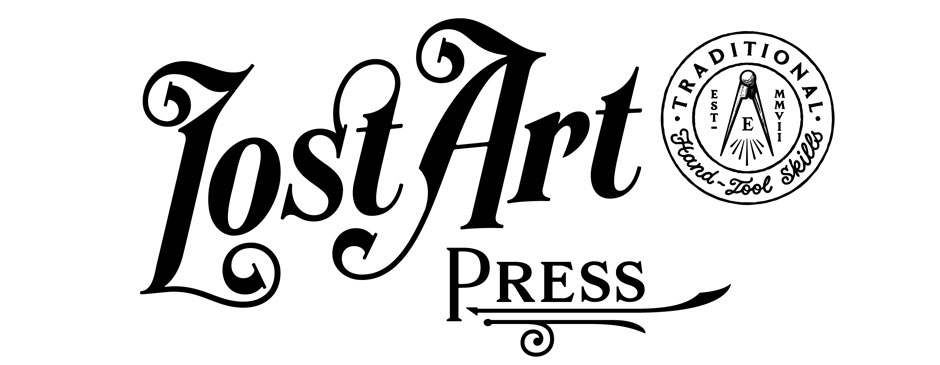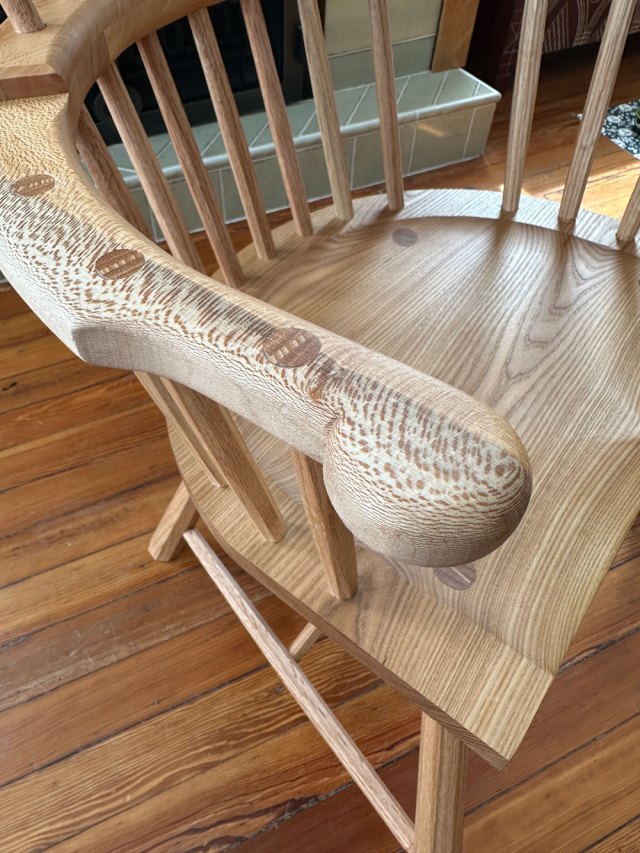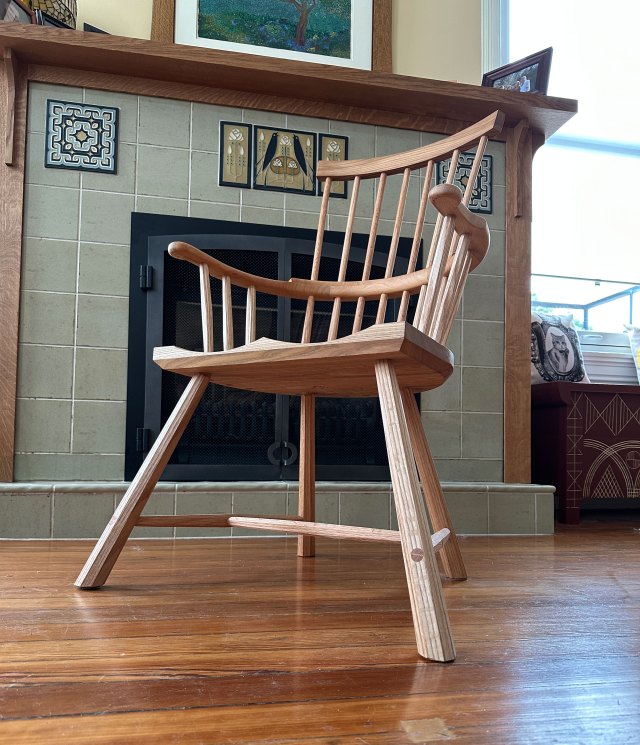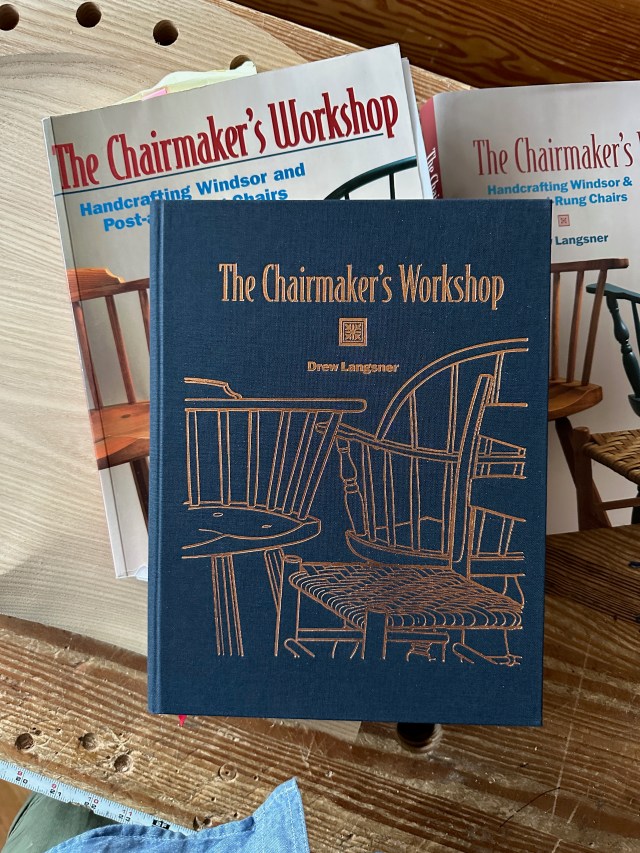
The 2025 London International Woodworking Festival (IWF) is fast approaching! Classes (for which you can still register) run Oct. 20-23, then the marketplace is open to all on Friday, Oct. 24 from noon-6 p.m. and Saturday, Oct. 25 from 9:30 a.m.-6:30 p.m.
While Chris and I won’t be there this year due to teaching elsewhere, we’ve already blocked off our calendars for 2026. I quite like teaching while looking out over the Thames. And I always enjoy a visit to see Hodge the Cat. And toffee.

Lost Art Press books and many of our Crucible tools will be there though! Classic Hand Tools, which carries pretty much our full line, will be in the marketplace, as will folks from Lie-Nielsen, Veritas, Philly Planes, Windsor Workshops, Oscar Rush, Nigel Melfi, Richard Arnold and more! “From immersive courses and expert-led workshops to inspiring talks and a bustling marketplace, the Festival is a celebration of woodworking skill, tradition, and community.” You can check out the full lineup and get more info on the London IWF website.
And we’ll see you there in 2026 – sorry to miss this year.

– Fitz







